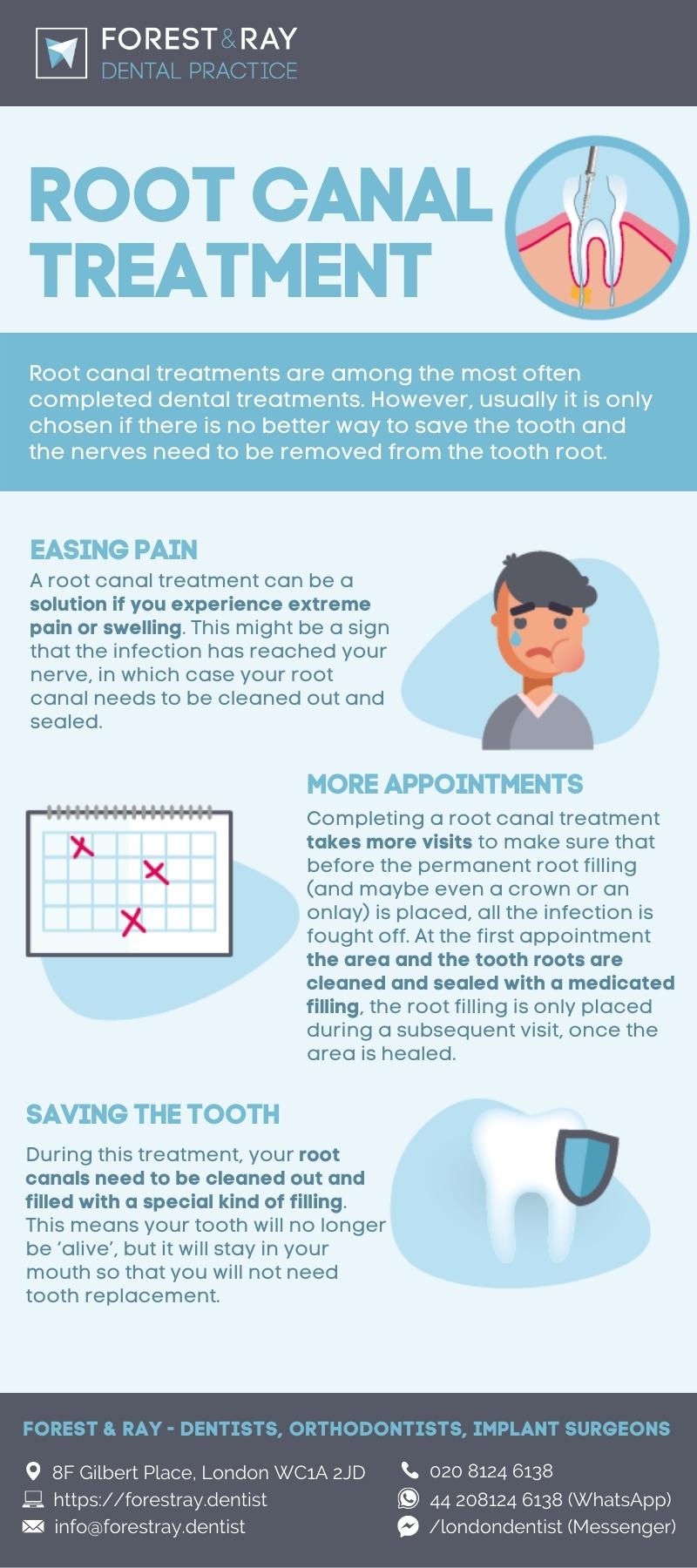Root Canal Treatment vs Tooth Extraction There are differences between these two
Root Canal vs Tooth Extraction Differentialities between these methods and when they may be the most effective option. Alternatives to the treatment of root canals.
Dental Treatments for Tooth Decay Damage
- Dental Decay and Damage: Causes and Symptoms
Dental decay and damage are common dental problems which can be caused by different reasons, including poor oral hygiene, a bad diet or diet, genetics, trauma or age. Tooth decay and damage can be evident by pain when chewing or biting, sensitivity cold or heat, holes visible in the teeth or gums, discolouration, swollen gingiva around the affected area, and bad taste or smell in the mouth.
- The importance of seeking dental Treatment
If you have any of these symptoms or believe that you might have damaged or decayed teeth, it is essential to seek immediate dental treatment from a qualified dentist. The dentist will inspect your teeth using Xrays and other diagnostic tools to determine the severity of the damage. He will then recommend suitable dental procedures such as fillings or crowns for minor cavities. In the event of delay, it could lead to more serious complications like spreading infections to other parts of your mouth or elsewhere in your body. This could be fatal.
- Common Dental Procedures for Tooth Decay
Endodontic treatment is often required in more severe instances when the pulp inside your tooth`s root causes severe pain while eating or drinking certain drinks or foods like sugar. This involves removing all affected materials from every root canal before sealing them with an upper crown. it helps to restore the strength into the natural teeth, without extractions! Additionally, there are alternatives for those who do not want conventional root canal treatment, like laser-assisted or laser-assisted, which uses light energy instead using heat, similar to conventional methods however, they`ren`t always covered by insurance so be sure to confirm prior to treatment if this is an option for you! Search for more information at Forest and Ray.
Typically, a dental professional like a dentist, or an endodontist performs root canal treatments. They might recommend crowns to safeguard the tooth following the root canal procedure. If you have suffered severe damage which cannot be fixed with root canals, alternative alternatives such as implants or inlays could be thought of by your dentist.
Importance of seeking immediate dental treatment
If tooth decay goes untreated, it will continue to grow and cause injury to the internal of the tooth. It may cause an infection of the pulp, which might require root canal treatment or tooth removal. If you notice any signs of decay such as the sensitivity to cold or hot or cold temperatures, pain when you bite down or noticing gaps in your teeth it is crucial to seek out prompt dental care.
If you delay treatment of decayed or damaged teeth, it may lead to more expensive and extensive procedures in the near future. In some cases, an abscess can form at the base of the tooth infected that requires immediate attention by an endodontist. In the absence of warning signs, it could cause further complications like inflammation and infection that can spread through blood vessels.
Do not be reluctant to book an appointment with your dental professional when you feel pain caused by a decayed or damaged tooth. The dentist can provide temporary fillings or pain relievers that can be bought from the store until they complete a root canal procedure. During this procedure, an Anaesthetic is used to numb the area around the affected tooth so that you will not experience any discomfort as your endodontist removes the infected pulp and replaces it with a filling material.
Take note that seeking treatment to repair a damaged or decayed tooth is essential to avoid future damage and health issues. Don`t hesitate to make an appointment with a dentist in the event that you think there is something wrong with a tooth!
Common Dental Treatments for Tooth Decay
One of the most popular dental procedures used to treat tooth decay and damage is root canal therapy. When there is an infection or inflammation at the tooth`s root, it can cause pain and sensitivity. The procedure involves the removal of damaged or inflamed dental pulp out of the pulp chamber and the root canal system in order to cleanse it, then fill it up with a sealing substance, and then restore the tooth`s natural structure.
Endodontic procedures, such as a root canal, can aid patients in saving their natural teeth rather than needing to remove them. In some cases, patients may need the procedure if they have a deep cavity that has reached the dental pulp. If not treated, this can cause further dental decay as well as damage to the surrounding teeth.
Alternatives to a root canal can be found dependent on the specific circumstances. If your dentist feels that root canal treatment is not required or you would prefer a different dental treatment method the dentist may suggest alternatives. It is important to discuss all options with your dentist prior to making any choices about your oral health is essential.
Root Canal Treatment: Method, Risks, and Benefits
If you suffer from tooth pain, it may be an indication that you require root canal therapy. The soft tissue within your tooth could become damaged, inflamed, or infected due to decay. If left untreated, the affected tooth may require extraction.
The root canal treatment involves eliminating the bacteria around your tooth`s root canals and eliminating any damaged or infected tissues. Once the filling has been placed it is sealed off area to stop further infection. In some cases the crown can be placed on top the tooth treated to help strengthen it.
While there are risks associated with any dental procedure, including discomfort, infection, or pain during recovery Root canal therapy is generally regarded to be secure and efficient in protecting your tooth. If you are experiencing severe or constant discomfort in your tooth, it is recommended to speak with your dentist right away. They will then be able to determine if root canal therapy is necessary.
Tooth Extraction: Process with Risks, Benefits and
Tooth extraction is a procedure that involves removing a tooth from its socket in the jawbone. This procedure is generally recommended when root canal treatment is not possible or if the tooth cannot be saved by any other means. Infections or pulp inflammation that are not treated can cause infection in the root canal, causing an abscess.
The dentist will apply local anaesthesia prior to the extraction to reduce the pain. After that, they`ll employ specialized instruments to remove the tooth`s entire structure out of its socket. There may be discomfort for the initial few days after this procedure while your body is healing.
While conserving natural teeth whenever it is possible is best, sometimes extracting them becomes necessary to achieve optimal oral health. Teeth extracted have gaps in comparison to the treated teeth where damaged pulp from their chambers and root canals is removed. Depending on your specific situation your dentist may suggest replacing missing teeth with bridges or implants after you have completed this procedure.
Factors to Take into Account When Choosing Root Canal or Tooth Extraction
If you`re faced with the effects of decay or tooth damage It is essential to think about all your options. The treatment of root canals and the removal of teeth are the two most common treatments. Things to take into consideration when choosing between these two options include:
- The intensity of pain or an infection.
- Oral hygiene: The current state
- The dangers and advantages of each procedure.
The root canal procedure is performed to alleviate pain caused by an infected tooth nerve. In this procedure, the dentist will remove any infected tissue within your tooth before filling it with a filling material. This will help to prevent the infection from spreading to other parts of the body or mouth. Although you may experience some discomfort in the recovery process, a prescription for pain relievers are usually sufficient.
In order to relieve pain or an infection A tooth may be removed from its socket if it is damaged or has decayed. This might seem like an extreme option but it`s a necessity when other treatments are unsuccessful or the endodontist is unable to treat the problem. It is important to remember that after extraction you`ll require additional attention to ensure your oral health is maintained.
Ultimately, choosing between root canal treatment and tooth extraction is contingent on many factors, such as the severity of decay or damage in your teeth and your personal preferences about the level of comfort you can expect in the recovery period following either type of procedure. It is important to see your dentist regularly to ensure they can assist you in deciding which option will best fit your needs based on their expert assessment and experience dealing with similar cases to yours!
Alternatives to Root Canal Treatment
If you notice pain or swelling of your tooth, it could be due to an infection in the tooth pulp. Some people prefer alternative treatments in place of root canal treatment which is usually recommended to preserve teeth. In some cases repeated dental procedures could cause tooth damage and render root canal therapy less effective.
Indirect pulp treatment is a possible alternative to root canal therapy. This involves the removal of damaged tissues surrounding the affected area, and then applying protecting material on the remaining soft tissue. The temporary filling will be applied by the dentist until they return to the office. They can then assess whether further treatment is required.
Another alternative for those looking to avoid treatment for root canals is extraction, followed by replacing the bridge or implant. Although this might seem like something that isn`t necessary however, it`s much quicker than going through multiple procedures that could lead to an eventual extraction if the infection has spread to a large extent.
It is imperative to seek immediate care by your dentist if you`re experiencing pain or other symptoms. They`ll be able to determine which plan of action is most appropriate for your particular needs. They`ll also restore your tooth as needed following treatment.


